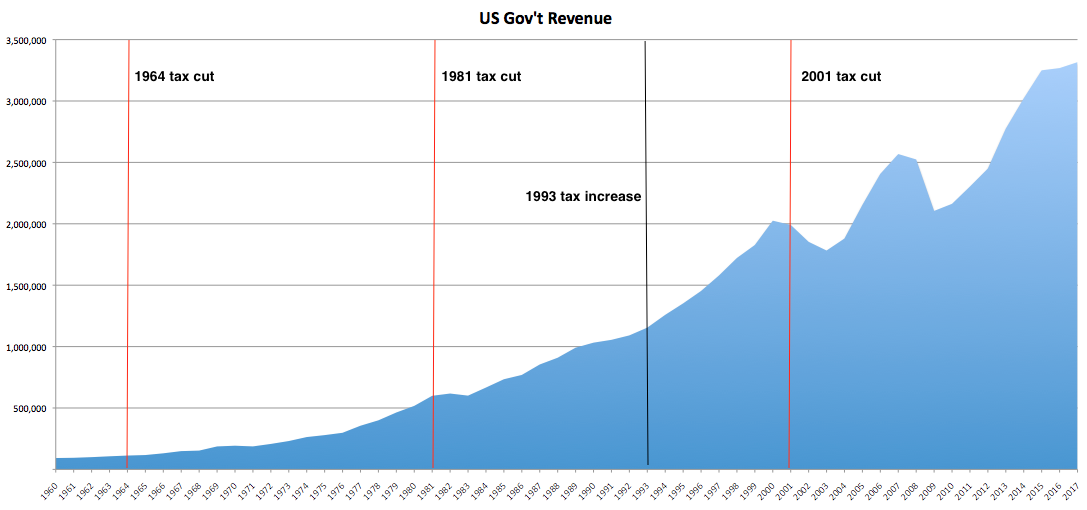America’s history is the world’s great success story: starting as a gaggle of struggling colonies, winning independence from the world’s greatest empire, affirming new values and freedoms in the Declaration of Independence and Bill of Rights, surviving wars and depressions, and today prospering as a republic exerting cultural and economic dominance across the world.
It’s in our nature to think that from our current success we just go higher and higher. Move forward and forget any unpleasantness in our past. But not so fast. There are crimes in our past that created stains on our ideals and aspirations. The stains remain.
Slavery
The neon sign in the guilty consciences of many Americans. The first Africans imported to Colonial America were actually indentured servants, arriving in Jamestown in 1619. In 1641, Massachusetts became the first colony to authorize slavery through enacted law, and slavery became common after that. By the 1860 census the number of slaves in the US was reckoned at 3,953,760, about 12% of the total US population.
Was slavery profitable, even in the short term? Some claim slavery was immensely profitable, and key to the growth of the US.
Slavery transformed America into an economic power. The exploitation of black people for free labor made the South the richest and most politically powerful region in the country. British demand for American cotton made the southern stretch of the Mississippi River the Silicon Valley of its era, boasting the single largest concentration of the nation’s millionaires.
Others claim that slavery was not profitable, and in fact crippled economic development of the South.
In Democracy in America, Alexis de Tocqueville noted that “the colonies in which there were no slaves became more populous and more rich than those in which slavery flourished.” Economists Peter H. Lindert and Jeffrey G. Williamson, in a pair of articles published in 2012 and 2013, found that, despite the American South initially having per capita income roughly double that of the North in 1774, incomes in the South had declined 27% by 1800 and continued to decline over the next four decades, while the economies in New England and the Mid-Atlantic states vastly expanded. By 1840, per capita income in the South was well behind the Northeast and the national average.
Our efforts to right the wrong have been so sincere and extensive, so vigorous, so costly and carried out so consistently over a long period that I think we should actually feel a sense of pride. But, what does a successful resolution of this problem look like, and how do we get there, and when?
Mexico
The first steps in US-Mexican relations seem ironic. The story begins in 1819 with the Adams-Onis Treaty, drawing a definitive border and ceding California, New Mexico, Texas, Arizona, Nevada, and Utah to Spain. Then problems begin with immigration — into Texas by Americans moving south. The irony ends here. A war was fought and the grim pattern asserts itself. Mexico lost the war (cue Davy Crockett and the Alamo) and lost Texas.
Soon, the US offered to buy California and New Mexico. Mexico refused to sell and the US invaded. (Cue the Marines and the Halls of Montezuma.) Mexico lost this war too, and also Arizona, California, New Mexico, and parts of Colorado and Nevada. Believe it or not, the US invaded Mexico again briefly in 1914 and 1916.
There’s so little excuse for beating up on a smaller neighbor, especially when the neighbor is as virtuous and inoffensive as Mexico. The US has more than twice the population, and our per capita GDP is more than 5 times larger. It’s absolutely in our interest to have Mexico as our best friend. We need them as much as they need us because, bluntly, Mexico is the buffer state to our south.
Latin America and the Caribbean are afflicted by poverty and violence. Ranked by homicide rates, eight of the top ten states in the world are in Latin America and the Caribbean. Here’s a table showing per capita GDP of Mexico and the next five states to the south. Note than only one of these states has a per capita GDP greater than one tenth that of the US, and that’s Mexico.
Per capita GDP

Of course, Mexicans are unhappy with the US. Recent polling by the Pew Research Center found that “More Mexicans view the United States unfavorably than at any time in the past decade and a half. Nearly two-thirds of Mexicans (65%) express a negative opinion of the U.S., more than double the share two years ago (29%).”
Think of the future. How much better off would we be with a prosperous and peaceful neighbor to the south, with strong civic institutions and a productive economy serving as an example to their neighbors in Latin America and the Caribbean? Instead we have chaos, fear, and hostility. Do you see this getting better?
American Indians
This is the Original Sin in our history. When the first Europeans landed in North America they were completely at the mercy of the Natives. They were treated with relative kindness. While the Thanksgiving tradition is ahistorical, it’s still an echo of a historical pattern where Native Americans behave kindly to lost and starving Europeans. Ask Lewis and Clark about the Nez Perce.
Between about 1500 and 1900 Europeans ‘dispossessed’ the original inhabitants of North America. Dispossessed is a clinical term, but how do you express it politely? An entire population and culture was robbed of their land, and killed. The Native population in four hundred years dropped from around ten million to around two hundred thousand. When I do the math, it shows that two per cent were left at the end. That’s genocide. The people were nearly wiped out, but the loss of their land was complete. Yes there are reservations, but that land is not owned by Native Americans. It is US government land, held in trust.
American Indians are the greatest victims of all, and seem to be the invisible victims. Look for yourself: count the number of articles per issue about African Americans in the New Yorker magazine; count the number of dramatic series on TV focusing on African Americans, Pulitzer prize-winning books, and so on. Contrast with the same numbers for Native Americans, or Hispanics. Why is this? That might be the subject of another article.
The bottom line
What’s fixable here? Yes we’ve been bad, but maybe we can redeem ourselves.
The problems with Mexico are somewhat fixable. It should be a national security issue to repair relations with Mexico, and fix the economies and societies in the region to our south. However, right now it’s all about what the Founders called “faction”. Political advantage. Pleasing the base. Our relations with Latin America are not a priority.
The fate of Native Americans is sealed. We can’t give back the continent, and if we could…well, it’s somewhat wrecked (see Love Canal). We can’t bring back the victims of all the massacres. Note the repeated calls for reparations for African-Americans. One hilarious example is here, from a candidate for Governor in Nevada. Reparations for slavery? In Nevada? What about reparations for the Paiute and Shoshone tribes in Nevada? How would we even do that? How do you compensate for the destruction of a civilization and theft of a continent?
By contrast, lots has been accomplished by way of compensating for the undeniable sins of slavery. Still, we can’t undo what’s done. We can free the slaves. We can suppress the trans-Atlantic slave trade and campaign to end slavery world wide…promote freed slaves to citizenship and guarantee the civil rights of their ancestors…give preferential access to school admission and jobs…elect African Americans to legislatures, governorships and to the Presidency itself. But, even after all that, does the guilt, the anger, and its consequences ever go away?

